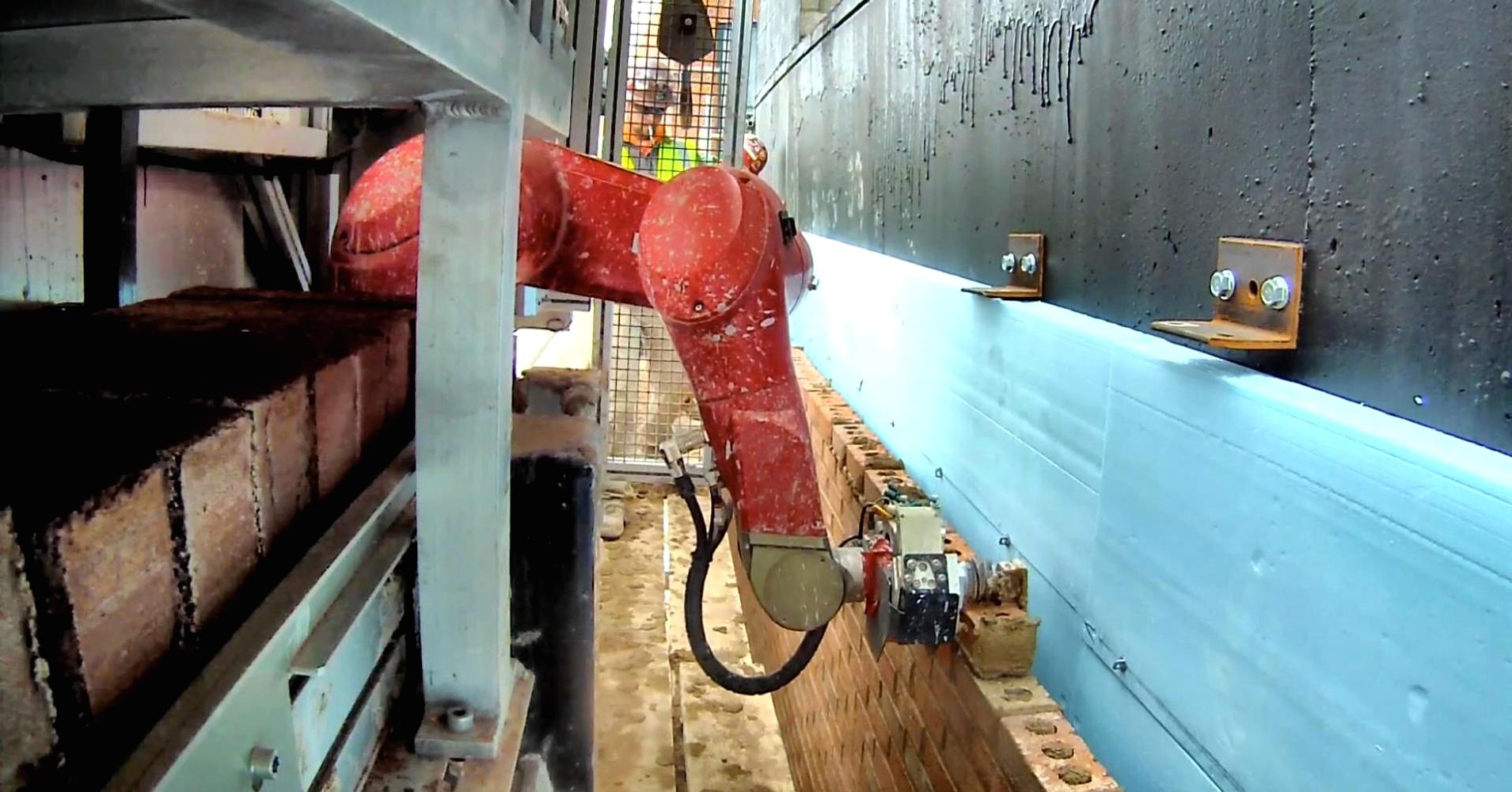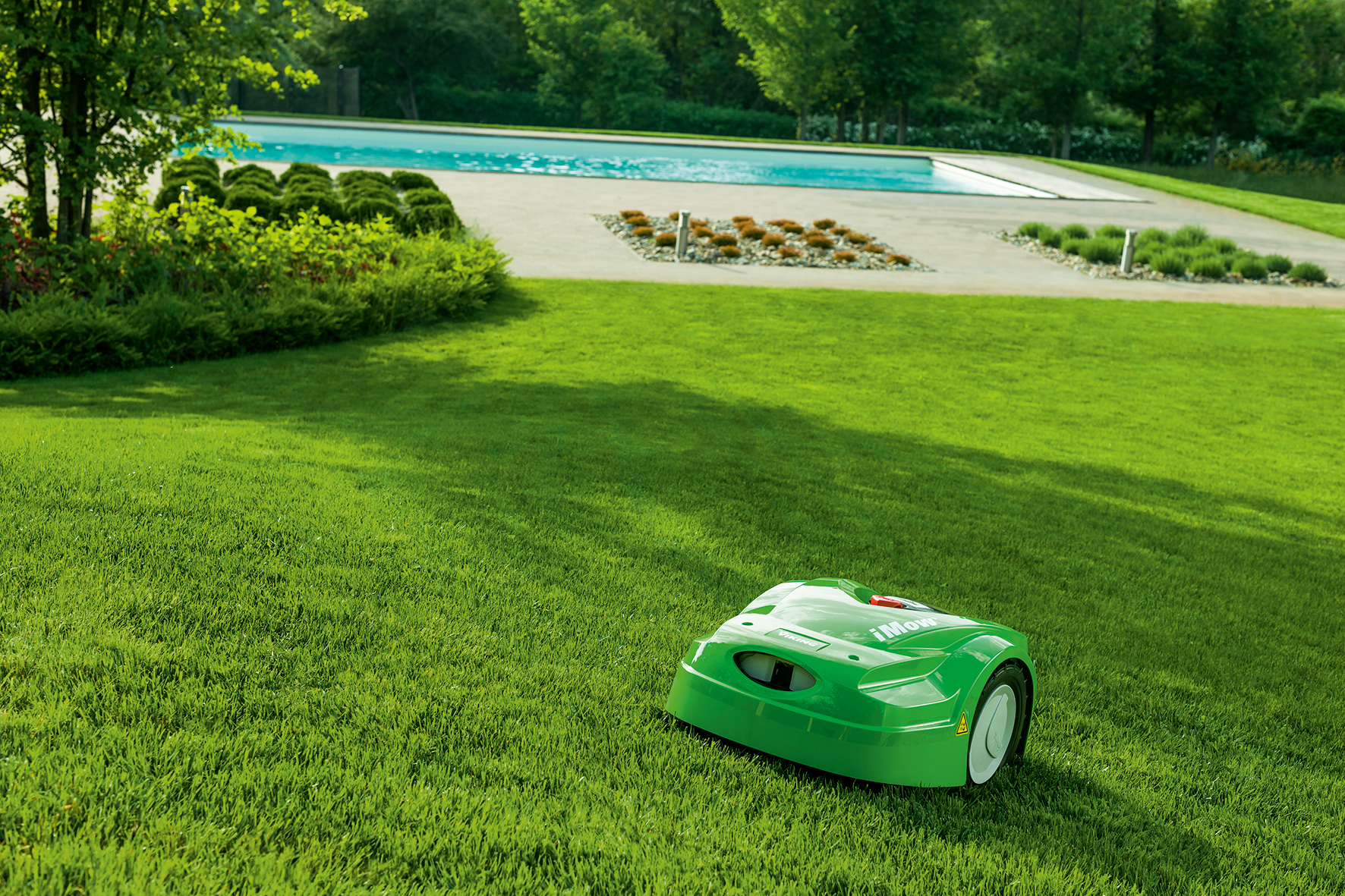When Will Robots Take Over Landscaping & Construction Jobs?
by Ken Gibson
Shockingly, the answer is they already have. Companies already are limiting the size of their workforce through the use of robots, on construction sites and lawns alike. Fortunately, the robots have not yet formed a union. But how much work do they do, really?

When it comes to building a house, humans are still very much needed, mainly because of the inherent differences in each job that make automating the process just too difficult. Even in a single neighborhood, there are countless variables such as lot size and soil density that make building each individual house a unique problem, and therefore make creating a standardized approach to homebuilding very difficult. So far, only a few companies are competing to find success in this field, but they all rely heavily on pre-fabricated building components, so they aren’t so much building houses as putting them together, Lego-style.

It’s the same story with landscaping. While there are companies specializing in robotic lawncare already - take Robin for example, a franchise that promises to ‘put your lawn on autopilot’ - the difficulties in providing the same quality of service with robots that a team of guys would provide are still too high, at present. Commercial robot lawn equipment today can pretty much only handle lawnmowing, and can only do so after a technician has spent hours manually setting up guide wires and charging stations. For cutting hedges, it might in fact be easier to invent hedges that don’t need trimming, than to invent a robot capable of cutting them precisely.
It is impossible to say whether or not robots will completely take over construction and landscaping. But what can be said is that, on today’s construction sites and lawns, manpower is still the best thing around for when it comes to making things happen.
